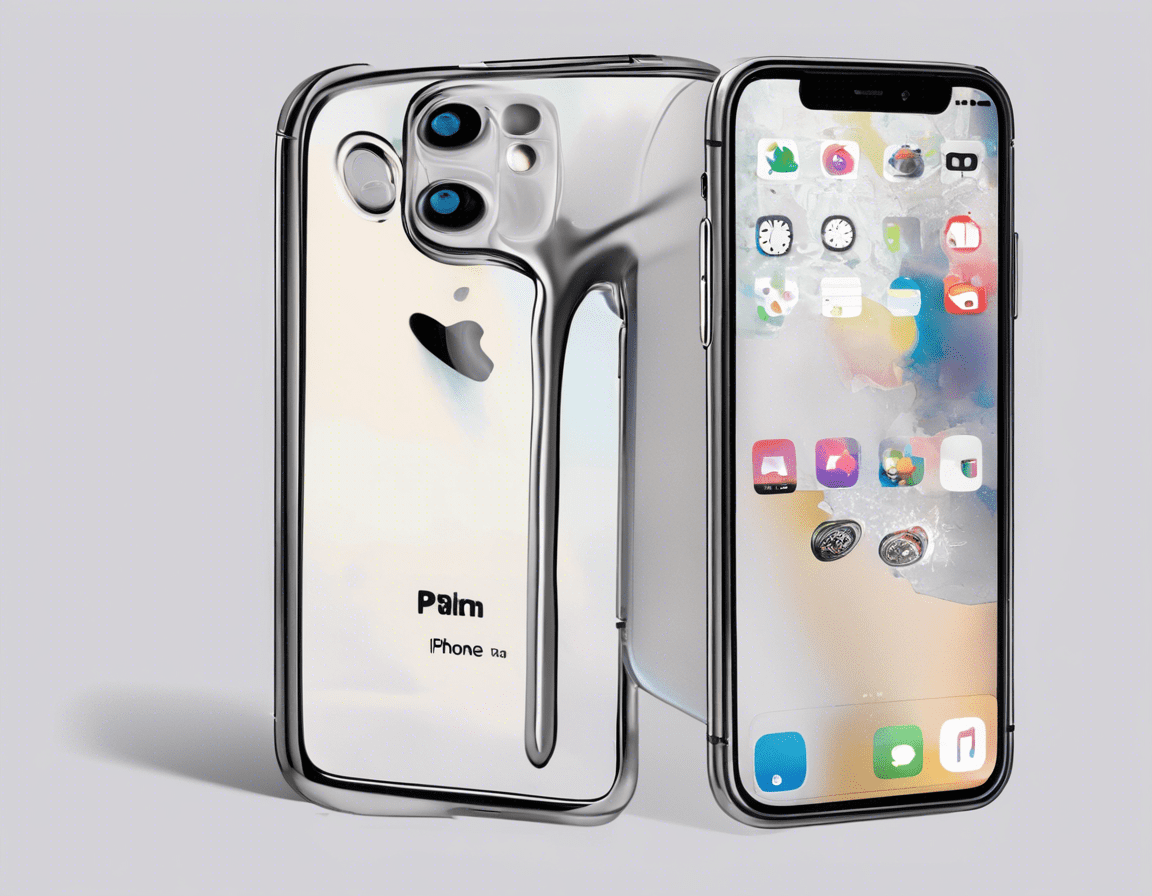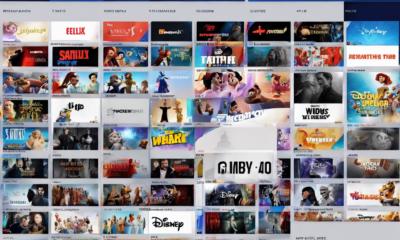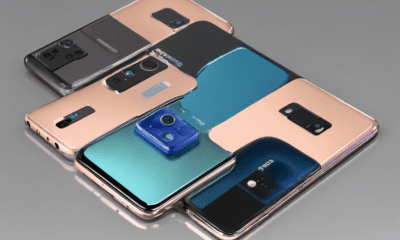Explore
Protecting Your iPhone Data: How to Prevent Leaks

In today’s digital age, our smartphones have become an indispensable part of our lives. From storing personal photos and sensitive information to conducting financial transactions, our iPhones hold a wealth of data that needs to be protected. With the increasing number of cyber threats and data breaches, it’s more important than ever to take proactive measures to safeguard our iPhone data from unauthorized access and leaks. In this comprehensive guide, we will explore tips and best practices to help you protect your iPhone data and prevent leaks.
Understanding the Risks
Before diving into the strategies to protect your iPhone data, it’s crucial to understand the risks that your data is exposed to. Cybercriminals use various techniques such as phishing, malware, and social engineering to gain access to your sensitive information. Additionally, physical theft of your iPhone can also result in unauthorized access to your data. By being aware of these risks, you can take necessary precautions to mitigate them.
Enable Strong Authentication
One of the most basic yet effective ways to protect your iPhone data is by enabling strong authentication methods. This includes setting up a passcode, Touch ID, or Face ID to secure access to your device. It’s recommended to use a six-digit passcode or alphanumeric password for increased security. Biometric authentication methods like Touch ID and Face ID add an extra layer of protection and make it harder for unauthorized users to access your device.
Keep Your Software Updated
Regularly updating your iPhone’s operating system and apps is essential for security. Software updates often include patches for known vulnerabilities that can be exploited by cyber attackers. By staying up to date with the latest software releases, you can ensure that your device is protected against the latest threats and exploits. Enable automatic software updates on your iPhone to ensure that you are always running the latest version.
Use Secure Wi-Fi Networks
When connecting to public Wi-Fi networks, exercise caution as these networks are often insecure and can be compromised by hackers. Avoid accessing sensitive information such as online banking or entering passwords while connected to public Wi-Fi. Consider using a virtual private network (VPN) to encrypt your internet connection and add an extra layer of security when using public Wi-Fi networks.
Backup Your Data Regularly
Data loss can occur due to various reasons such as hardware malfunctions, software errors, or even cyber attacks. To protect your data from being lost permanently, it’s crucial to regularly backup your iPhone data. You can use iCloud or iTunes to backup your data to the cloud or your computer respectively. By having backups of your data, you can easily restore it in case of data loss or device theft.
Secure Your Online Accounts
Many of us use our iPhones for accessing online accounts such as email, social media, and online banking. To prevent unauthorized access to these accounts, it’s important to secure them with strong passwords and enable two-factor authentication where available. Avoid using the same password for multiple accounts and consider using a password manager to generate and store complex passwords securely.
Be Cautious with Third-Party Apps
While third-party apps can enhance the functionality of your iPhone, it’s important to exercise caution when downloading and installing them. Stick to downloading apps from the official App Store to minimize the risk of downloading malicious apps. Before installing an app, read reviews, check permissions, and be wary of apps that request excessive permissions or display suspicious behavior.
Educate Yourself on Phishing
Phishing attacks are commonly used by cybercriminals to trick users into divulging their sensitive information such as passwords and personal data. Be cautious of phishing emails, texts, or messages that impersonate legitimate entities and ask for your personal information. Avoid clicking on suspicious links or providing sensitive information to unverified sources. When in doubt, verify the authenticity of the request through official channels.
Frequently Asked Questions (FAQs)
-
How can I remotely wipe my iPhone if it’s lost or stolen?
If your iPhone is lost or stolen, you can remotely wipe the device by using the “Find My” app on another Apple device or through the iCloud website. This will erase all data on the device to prevent unauthorized access. -
Is it safe to use public Wi-Fi networks with my iPhone?
Public Wi-Fi networks are generally insecure and can expose your data to potential risks. It’s recommended to use a VPN when connecting to public Wi-Fi to encrypt your internet traffic and protect your data. -
What should I do if I suspect that my iPhone has been compromised?
If you suspect that your iPhone has been compromised, immediately change your Apple ID password, enable two-factor authentication, and run a security scan on your device to check for malware or unauthorized access. -
Are biometric authentication methods like Face ID and Touch ID secure?
Biometric authentication methods such as Face ID and Touch ID provide an additional layer of security to your device. They are considered secure methods of authentication, but it’s important to set up a strong alphanumeric passcode as a backup. -
How often should I backup my iPhone data?
It’s recommended to backup your iPhone data regularly, ideally on a daily or weekly basis. Set up automatic backups using iCloud or iTunes to ensure that your data is always protected.
Protecting your iPhone data from leaks and unauthorized access requires a proactive approach and adherence to best security practices. By following the tips outlined in this guide, you can enhance the security of your iPhone and safeguard your sensitive information from potential threats. Stay informed, stay vigilant, and prioritize the security of your digital assets in today’s interconnected world.







